
25
BATTERIES
Charging the batteries
Charging lead-acid batteries:
– before long tours
– after long periods of disuse
– when the red warning light of the
battery symbol (LED display) is on or
blinks.
– when the battery symbol for approx.
10% battery capacity appears on
the LCD display.
It is best to charge the battery overnight.
Full recharging of the batteries takes 12
to 15 hours.
Charging Gel batteries:
The 100% charging of maintenance-
free batteries is only possible for physi-
cal reasons over an extremely long
charging period (>36 hours). If the bat-
tery display indicates that the battery is
fully charged, this corresponds to 90-
95% of nominal capacity.
+
Remark:
Recharge the batteries as often as
possible.
Charging before long periods
of non-use
You should fully charge the batteries of
the wheelchair before a long period of
non-use. – This lengthens the service life
of the batteries. Pull out the main fuse
after the charging and re-insert it into the
fuse holder the other way round. This
prevents the fuse being lost.
Battery charger
Only use a battery charger which is
designed for the battery in question! –
Otherwise, the batteries may be de-
stroyed.
Observe the operating manual.
Charging procedure
Do not recharge the batteries in a damp
room or enclosed space. – The charg-
ing process can produce toxic fumes.
Ensure that the room is well-ventilated!
– Switch off the wheelchair and move
the brake release lever to the "drive"
position. – This prevents the wheel-
chair from rolling away accidentally.
– Insert the plug of the battery charger
into the battery charging socket (A,
Fig. 39) of the control box (Fig. 41).
– Insert the mains plug of the battery
charger into an appropriate mains
socket.
The battery is now charging.
!
Attention:
Do not insert any objects other than
the supplied charging plug into the
battery charger. – Danger of short
circuit!
• Do not insert charging plugs on other
wheelchairs into the battery socket!
+
Remark:
The charging process only runs
when the main fuse (A, Fig. 5) is not
defective.
Battery maintenance
Always remove the main fuse (Fig. 40)
before working on the batteries or elec-
trical/electronic components.
!
Attention:
Do not touch the battery terminals
with tools, cable ends or other metal-
lic items. – Risk of short circuit and
explosion!
• Avoid naked flames and sparks in the
vicinity of the batteries. – Risk of ex-
plosion!
• Observe the contents of the 'General
information on electrical systems' and
'Maintenance' sections of the 'Safety
information' brochure.
+
Remark:
Water can collect in the battery
box when driving in rain in unfa-
vourable conditions. Collected
water should only be removed by
a specialist workshop. – Risk of inju-
ry from acid!
Maintenance-free batteries
Vent plugs are not visible. – No mainte-
nance is required. Acid-tightness cannot
be measured.



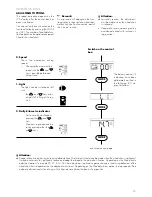

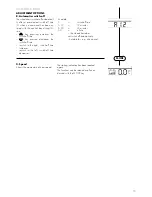





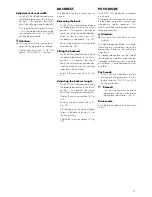
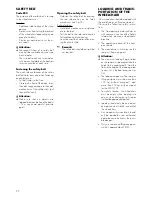



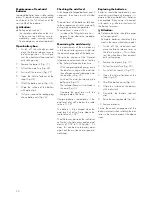






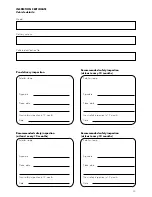



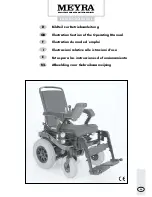


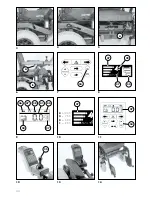
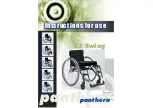
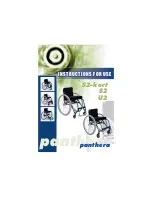



![Dietz AS[01] Operating Instructions Manual preview](http://thumbs.mh-extra.com/thumbs/dietz/as-01/as-01_operating-instructions-manual_2495921-01.webp)









